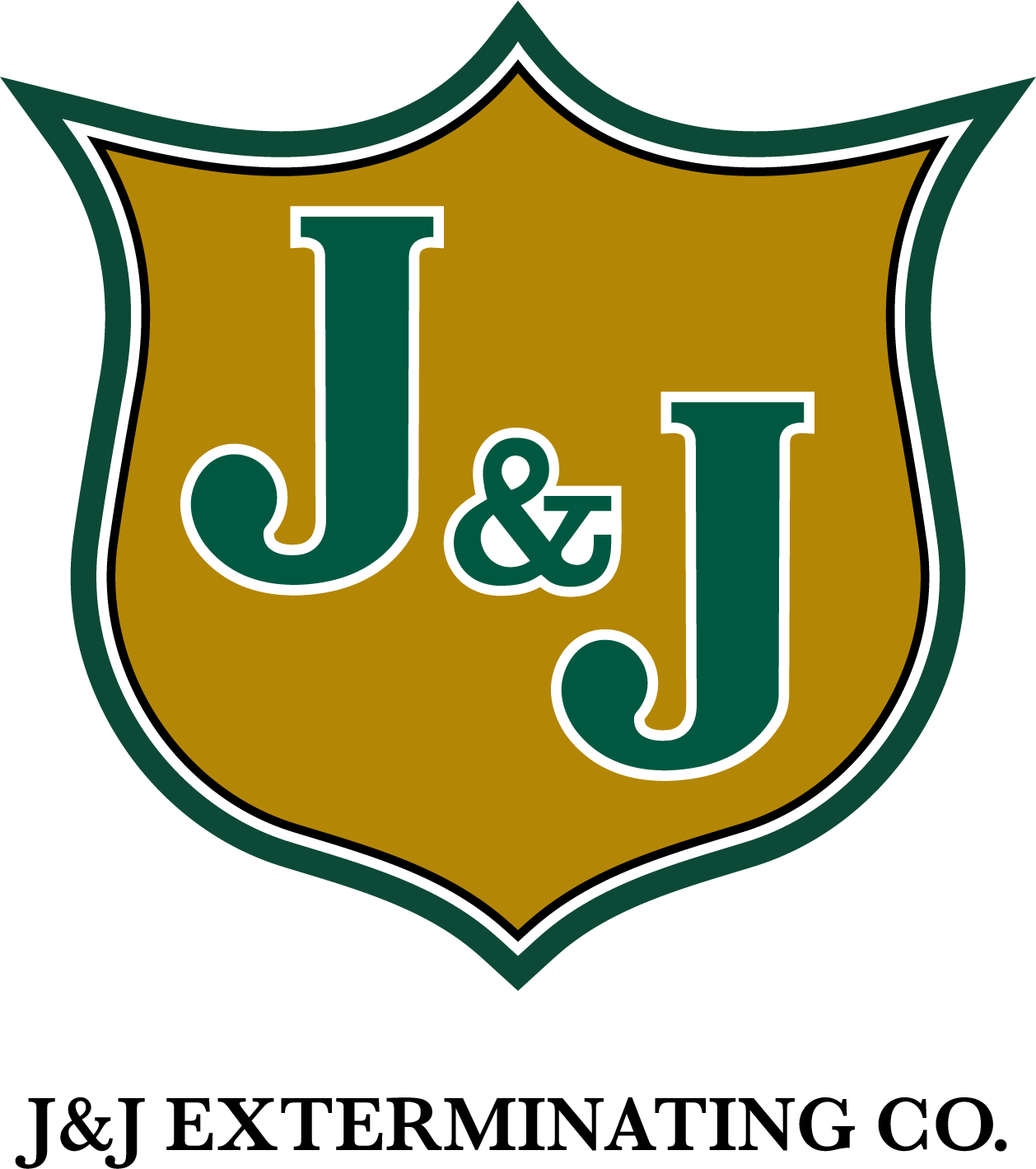Termites in Louisiana are not just an inconvenience; they’re a persistent threat that can wreak havoc on homes and structures. For those living in this humid, warm state, understanding termite control is crucial. This blog post will guide you through the perils of termites in Louisiana, how they affect homes, and the best methods to control and prevent them. Along the way, you’ll learn valuable tips and gain insights into effective termite management strategies specifically tailored for Louisiana homeowners.
Understanding Termite Behavior in Louisiana
Termites are small but mighty pests that thrive in the warm, humid climate of Louisiana. They live in large colonies and can cause significant structural damage if left unchecked. These insects are particularly attracted to wood, but they can also feed on materials like paper and cardboard. With Louisiana’s weather providing a perfect breeding ground, termites can become a year-round issue.
In Louisiana, the most common species are subterranean termites, known for their ability to build extensive underground tunnels. They seek out moisture sources, often leading them to the wooden structures of homes. Once inside, they can go unnoticed for years, quietly munching away at the framework. Homeowners often only discover an infestation when the damage becomes severe.
Being proactive about termite control is essential. Understanding their behavior can help homeowners identify early signs of an infestation. Regular inspections and monitoring can prevent significant damage and costly repairs down the line. Investing in termite awareness is investing in the long-term safety and stability of your home.
Why Louisiana is a Hotspot for Termites
Louisiana’s climate plays a significant role in making it a termite hotspot. The state’s warm temperatures and high humidity create an ideal environment for these pests to thrive. Termites require moisture to survive, and the frequent rainfall in Louisiana provides ample opportunities for them to establish colonies.
The abundance of wooded areas in Louisiana also contributes to the problem. Termites are naturally drawn to wood, and with so much forested land, they have plenty of food sources. Additionally, many homes in Louisiana are built using wood, which increases the risk of infestations. Structures built on concrete slabs are not immune either, as termites can find their way up through cracks and joints.
Understanding why Louisiana is such a prime location for termites can help homeowners take preventive measures. By being aware of the environmental factors that attract termites, residents can better protect their properties. Keeping wood away from foundations and ensuring proper drainage around the home are just a couple of ways to mitigate the risk.
Signs of a Termite Infestation
Detecting a termite infestation early can save homeowners from extensive damage and costly repairs. Common signs include the presence of mud tubes on exterior walls, hollow-sounding wood, and discarded wings near windows or doors. These indicators suggest that termites are actively feeding and reproducing within the structure.
Another sign to watch for is the presence of termite droppings, also known as frass. These small, pellet-like droppings can accumulate near infested areas and should not be ignored. If you notice any of these signs, it’s crucial to act quickly and contact a professional for an inspection.
Regularly inspecting your property can help catch infestations before they become severe. Look for signs around the foundation, in crawl spaces, and in any wooden structures. By staying vigilant and knowing what to look for, homeowners can protect their investments and avoid extensive termite damage.
Chemical Solutions for Termite Control
In some cases, natural methods may not be enough to control a termite infestation, and chemical solutions become necessary. Termiticides are chemicals specifically designed to kill termites or create barriers that deter them from entering structures. They can be applied as liquid treatments around the perimeter of a home or injected into the soil.
Bait systems are another chemical solution, involving stations placed around the property that contain a slow-acting toxin. Termites consume the bait and share it with the colony, eventually leading to the colony’s decline. Bait systems are effective for controlling entire colonies but may take several months to achieve full results.
It’s important to choose the right chemical treatment for your situation. Consulting with a pest control professional can help determine the best approach based on the severity of the infestation and the specific termite species involved. Safety is paramount, so always follow the manufacturer’s instructions for any chemical application.
The Role of Professional Pest Control Services
Hiring a professional pest control service can be a wise investment for dealing with termites. These experts have the knowledge and tools necessary to effectively treat infestations and prevent future issues. Professionals can conduct thorough inspections, identify signs of termite activity, and implement tailored treatment plans.
Professional services often offer warranties or guarantees, providing peace of mind for homeowners. They can also educate property owners about preventive measures to reduce the risk of future infestations. Regular maintenance and monitoring by professionals can help ensure that termite issues are addressed promptly.
When choosing a pest control service, look for companies with positive reviews and proven experience in termite management. It’s essential to select a provider that offers transparent pricing and clear explanations of their treatment methods. Building a relationship with a trusted pest control professional can be invaluable in maintaining a termite-free home.
Protecting Your Home from Future Infestations
Preventing future termite infestations requires a proactive approach. Start by eliminating conditions that attract termites, such as excess moisture and wood-to-soil contact. Ensure that gutters and downspouts direct water away from the foundation and fix any leaks promptly. Install barriers, like stainless steel mesh or sand, to deter termite entry.
Seal any cracks or gaps in the foundation, walls, and roof to prevent termites from finding entry points. Regularly inspect the home’s exterior for signs of wear and tear and address issues as they arise. Keeping shrubs and trees trimmed away from the house can also discourage termites from migrating indoors.
Establishing a regular inspection schedule, either personally or with a professional, is crucial for early detection. By staying vigilant and implementing preventive measures, homeowners can reduce the likelihood of future termite problems. Remember, an ounce of prevention is worth a pound of cure when it comes to protecting your home from termites.
The Cost of Ignoring Termite Control
Ignoring termite control can lead to significant financial consequences. Termites can cause extensive damage to the structural integrity of a home, leading to costly repairs. In some cases, severe infestations can render a property uninhabitable, resulting in even greater expenses.
Beyond the immediate repair costs, termite damage can negatively impact a property’s resale value. Potential buyers are less likely to invest in a home with a history of termite issues. Regular termite inspections and maintenance can demonstrate proactive care and prevent future complications during the selling process.
Homeowners insurance often does not cover termite damage, making it essential to prioritize termite control. By investing in preventive measures and professional services, homeowners can protect their properties from unexpected expenses. In the long run, taking action now can save both time and money.
Eco-Friendly Termite Control Options
For environmentally conscious homeowners, eco-friendly termite control options are available. These solutions prioritize the use of sustainable and non-toxic materials to manage termite populations. One example is the use of diatomaceous earth, a natural powder that dehydrates and kills insects without harming the environment.
Electro-gun and microwave treatments are alternative methods that use heat to eliminate termites within walls and wood structures. These approaches are chemical-free and can be effective for localized infestations. However, they may require professional assistance to ensure proper application and safety.
Implementing integrated pest management (IPM) is another eco-friendly strategy. This approach combines cultural, mechanical, and biological methods to control pests while minimizing environmental impact. By focusing on prevention and monitoring, IPM can reduce reliance on chemical treatments and promote a healthier ecosystem.
Educating Your Community on Termite Awareness
Raising awareness about termite issues within your community can help protect the neighborhood as a whole. Organize workshops or informational sessions to educate residents about the signs of termite infestations and effective control strategies. Sharing knowledge can empower others to take action and prevent widespread damage.
Local homeowners associations (HOAs) and community groups can play a role in promoting termite awareness. Encourage these organizations to distribute informative materials or host guest speakers on the topic. Collaboration between neighbors can lead to more effective prevention efforts and a stronger sense of community.
Participating in termite awareness campaigns can also make a difference. Many pest control companies and environmental organizations offer resources and support for educational initiatives. By spreading the word and fostering a culture of vigilance, communities can work together to combat termite threats.
Termite Control and the Environment
Balancing termite control with environmental responsibility is essential for sustainable pest management. While chemical treatments can be effective, they may pose risks to the environment and non-target species. Exploring alternative methods and prioritizing eco-friendly options can help minimize these impacts.
Homeowners can contribute to environmental preservation by choosing green pest control solutions. Supporting companies that prioritize sustainability and responsible practices can drive demand for environmentally friendly products and services. Additionally, implementing preventive measures can reduce the need for chemical interventions.
Advocating for responsible termite control practices within your community can also promote environmental stewardship. By encouraging others to adopt sustainable methods, you can help protect local ecosystems and preserve natural resources. Together, homeowners can make a positive impact on the environment while effectively managing termite populations.
Termite control in Louisiana is a critical aspect of homeownership. By understanding termite behavior, recognizing the signs of infestation, and implementing both natural and chemical control methods, homeowners can protect their properties from damage. Professional pest control services offer valuable support, while preventive measures can reduce the risk of future problems. With a focus on eco-friendly options and community education, residents can contribute to sustainable pest management and foster a sense of responsibility. Investing in termite control today can save time, money, and frustration in the future. Remember, protecting your home from termites is not only a wise financial decision but also an essential part of safeguarding your investment.
Tags: Temrites, Termite Control, Termite Exterminator, Termite Inspection



